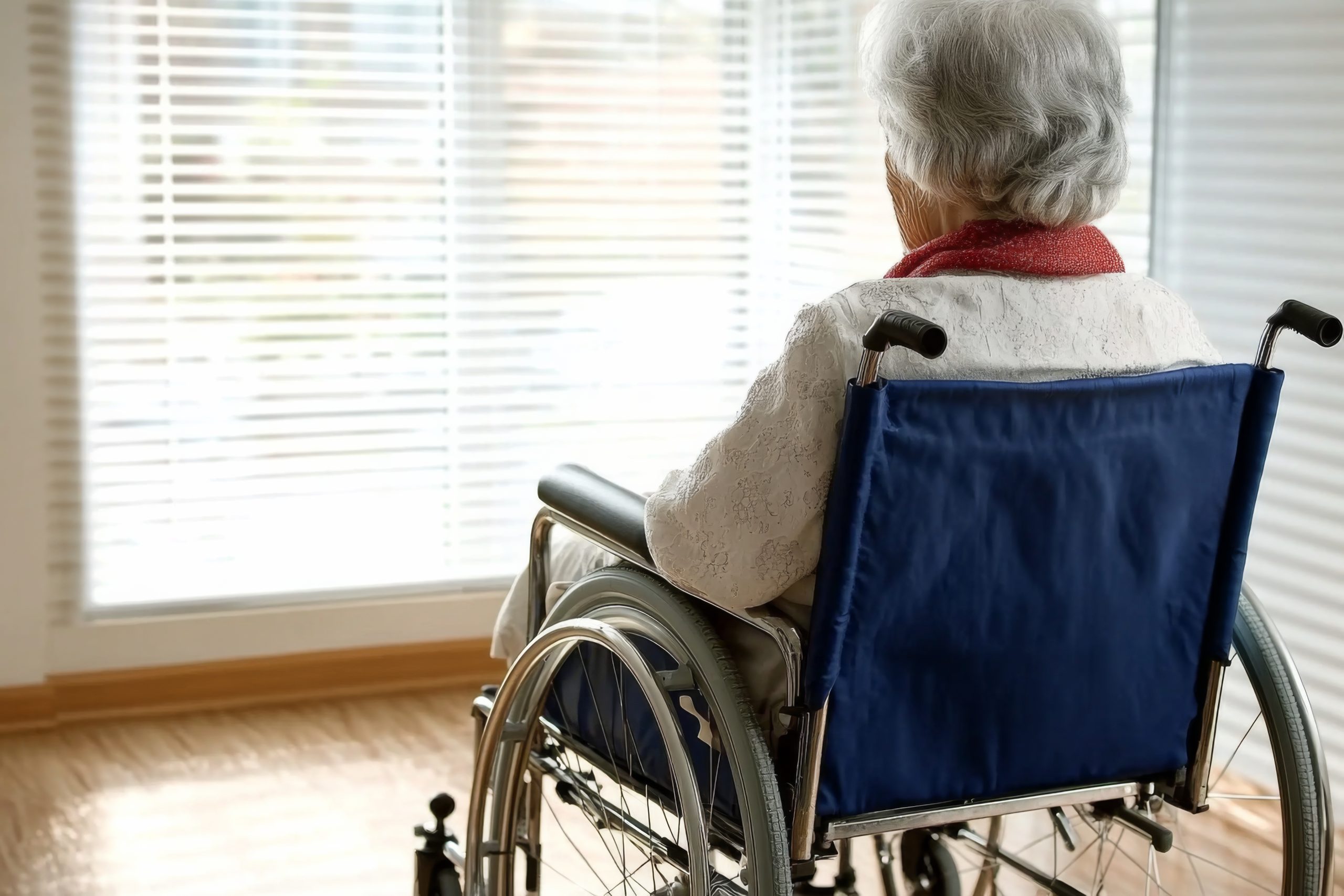Recognizing and Preventing Elder Abuse: What Every Caregiver Should Know
Elder abuse is a deeply troubling issue that affects countless older adults across the country. It can happen in any setting—at home, in nursing facilities, or even in hospitals. Often, it goes unnoticed or unreported due to fear, shame, or confusion. For caregivers and family members, understanding the signs of elder abuse and knowing how to respond can make a critical difference in someone’s safety and well-being.
What Is Elder Abuse?
Elder abuse refers to any intentional or negligent act by a caregiver or trusted individual that causes harm or a serious risk of harm to an older adult. Abuse can be physical, emotional, financial, sexual, or even result from neglect. According to the National Council on Aging, approximately one in ten Americans aged 60 and older has experienced some form of elder abuse—but many cases are never reported.
This issue doesn’t just affect the elderly—it also impacts families, caregivers, and entire communities. Recognizing abuse early and taking preventive steps can save lives and preserve dignity.
Common Types of Elder Abuse
Physical abuse involves hitting, pushing, restraining, or any use of force that causes injury or pain. It may leave visible marks like bruises or cuts, but not always.
Emotional or psychological abuse includes yelling, threatening, isolating, or belittling an elderly person. It often causes anxiety, depression, and withdrawal.
Financial exploitation occurs when someone misuses or steals an older adult’s money, property, or assets. This may involve unauthorized withdrawals, forged checks, or pressuring a senior into financial decisions.
Sexual abuse includes any non-consensual sexual contact with an older adult, especially one who may be unable to understand or communicate consent.
Neglect is the failure to meet an older adult’s basic needs, such as providing food, medication, hygiene, or safe living conditions. It’s one of the most common forms of abuse and may result from unintentional caregiver burnout or deliberate disregard.
Warning Signs Family Members Should Watch For
Recognizing the red flags of elder abuse is essential, especially for those providing care at home or monitoring care in a facility.
Look for unexplained injuries such as bruises, burns, or broken bones, especially if explanations seem vague or inconsistent. Emotional signs may include fearfulness, agitation, sudden withdrawal, or unusual changes in mood or behavior. An elder who becomes unusually quiet or fearful around a specific person may be trying to signal distress.
Financial red flags include sudden changes in banking behavior, unpaid bills, missing belongings, or newly created legal documents such as a will or power of attorney—especially if they were signed under questionable circumstances.
Signs of neglect might include poor hygiene, malnutrition, untreated medical issues, or an unsafe or unclean living environment.
Changes in relationships are also telling. If an older adult seems isolated, cut off from others, or fearful of their primary caregiver, it may indicate abuse or manipulation.
Why Abuse Often Goes Unreported
Many older adults remain silent about abuse due to fear of retaliation, dependence on the abuser, embarrassment, or a belief that no one will help. Others may have cognitive conditions like Alzheimer’s or dementia that impair their ability to communicate effectively.
Caregivers, especially those under stress or lacking support, may also unintentionally contribute to neglectful situations. In some cases, the abuse is subtle and accumulates over time, making it difficult to identify.
Because of these challenges, it’s essential to remain observant and proactive. Trust your instincts—if something feels off, it’s worth investigating.
How to Respond if You Suspect Abuse
If you believe a loved one is being mistreated, begin by documenting your observations. Take notes about concerning behaviors, conditions, or statements, including dates and specific examples.
Try to speak privately with the older adult in a calm and reassuring manner. Let them know they’re safe to share concerns, and listen without judgment. Even if they don’t disclose abuse, your support and vigilance matter.
If the situation is urgent or dangerous, call 911 immediately. Otherwise, report suspected abuse to your local Adult Protective Services (APS) agency. Trained professionals can investigate and connect families with necessary resources.
For those seeking additional guidance on reporting suspected abuse or understanding the legal responsibilities of caregivers, Geriatric Resource Centre has published a helpful resource outlining key steps and contact information. You can click here to view their original article.
You may also want to consult with your trusted healthcare provider, social worker, or elder care attorney for guidance. They can help you navigate next steps and coordinate support services.
To learn how to report abuse in your state, visit the National Center on Elder Abuse’s directory (opens in new tab).
How Caregivers Can Help Prevent Elder Abuse
Caregivers play a central role in preventing abuse by creating a safe, respectful, and empowering environment for older adults.
Focus on building trust through consistent, compassionate care. Encourage open communication and involve your loved one in decisions about their care and daily routines. This sense of autonomy can significantly improve emotional well-being.
If you’re a caregiver experiencing stress or burnout, seek help early. Consider respite care, professional counseling, or support groups for family caregivers. Overwhelm and isolation can sometimes lead to unintentional neglect—taking care of yourself helps protect those you care for.
For more tips on supporting older adults and reducing caregiver stress, explore resources like The National Center on Elder Abuse or the Family Caregiver Alliance.
Need guidance and support?
If you’re concerned about the safety of a loved one or want help navigating elder care decisions, you’re not alone. Compassionate support and expert advice are available. Reach out to us. We’re here to help!

